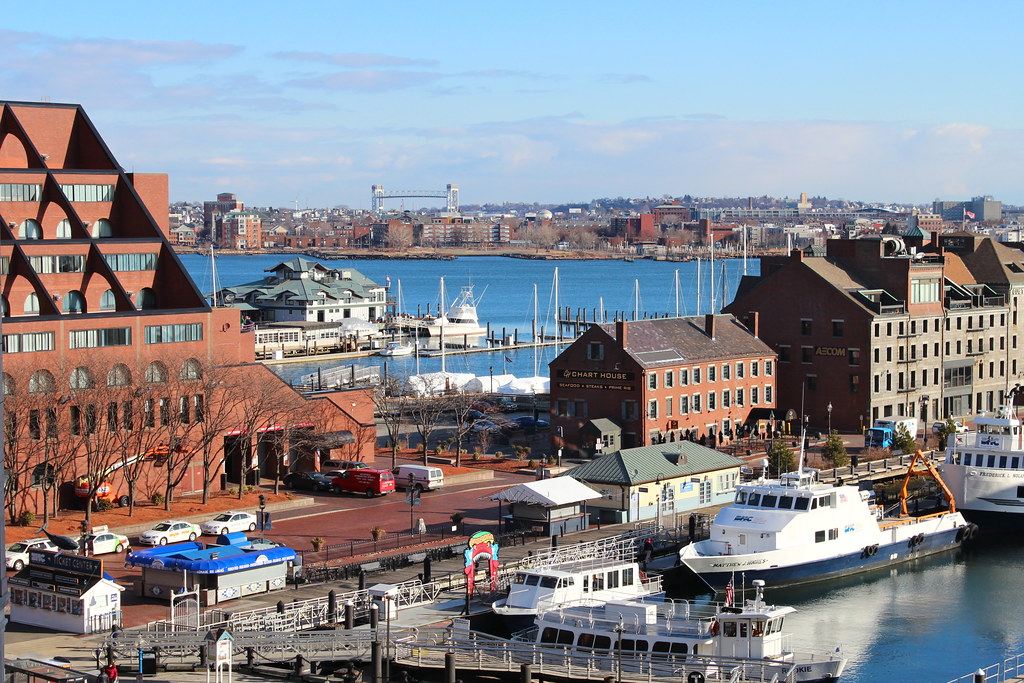Objections raised to Greenway tax plan
Control, spending issues cited by some businesses
March 26, 2011|By Casey Ross,
Several major property owners along the Rose Fitzgerald Kennedy Greenway are balking at requests for them to pay a special tax to improve the park system, raising objections that could waylay the latest effort to solve its longstanding funding problems.
The nonprofit conservancy that oversees the Greenway wants to create a business improvement district, funded by taxes on abutting property owners, to provide the downtown parks with stepped-up maintenance and landscaping, new art exhibits, and other amenities.
But the property owners said that under the proposed setup, the Greenway conservancy would retain ultimate control over the finances, leaving them with little say over how their money would be used. The conservancy, they said, would add an unacceptable layer of bureaucracy to the process.
“The complexities related to these multiple jurisdictions are raising concerns from all the parties involved,’’ said Richard Dimino, president of A Better City, a business group that represents some of the city’s largest land owners. “We are trying to work through these issues, but it does make the formation of the business improvement district much more challenging.’’
The conservancy’s managers said the improvement district is critical to the future of the Greenway, a 13-acre string of parks that runs along the alignment of the old elevated Central Artery between the North End and Chinatown. While the parks are a vast improvement over the highway, they are also incomplete and do not have a permanent funding source to help realize a world-class public space that everyone seems to want, yet no one seems willing to pay for.
The property owners’ objections also threaten to undermine a cause championed by Mayor Thomas M. Menino, who has made fully funding and upgrading the Greenway a top priority.
Conservancy officials and others involved in creating the business improvement district said the governance issues have not been settled yet. They are holding meetings with abutters to discuss the matter, and expect to allay concerns about how the money would be used. For example, they envision the property owners being able to review and approve the conservancy’s proposed budget every year.
“People are asking good, tough-minded questions about our efforts,’’ said Nancy Brennan, executive director of the conservancy. “But they also understand the benefits of a sophisticated, well-run public space, and that’s what we all want to create here.’’
The special tax would only be levied on owners of commercial properties within the boundaries of the district, between Kneeland and New Chardon streets. The proceeds would amount to about $2.7 million, more than one-third of the conservancy’s goal of raising some $7.5 million a year for improvements and maintenance. The remaining funds would come from the state and private donors. Those two sources have failed to produce expected levels of funding, prompting the conservancy to explore an improvement district.
A $7.5 million annual budget, according to the conservancy, would put the Greenway closer to the funding levels of other acclaimed public spaces,
such as Bryant Park in New York City or Millennium Park in Chicago. Those parks get between $400,000 and $550,000 per acre, more than what the Greenway is now receiving — about $195,000 per acre.
The amount of the tax is still under review, but for now conservancy officials propose that owners pay $1 for every $1,000 of property value, up to $70 million of value, and 65 cents on every $1,000 of value above that. To establish the business improvement district, 60 percent of the property owners must agree to participate. Its formation also needs approval from the Boston City Council.
None of the property owners objecting to the tax would discuss their concerns publicly for fear of repercussions from city or state officials. Dimino, whose organization has held meetings with many of the property owners, said several owners have conveyed those concerns to him recently, but said they also stressed they want to see the Greenway improved and are hoping the issues will be resolved.
But in addition to questions about oversight, several property owners also disagree with some of the conservancy’s spending priorities. Many said money raised through the improvement district should only be spent on maintenance, improved landscaping, and other general improvements, not special events, promotional campaigns, and other items they feel would not directly benefit their properties.
Kairos Shen, chief planner for the Boston Redevelopment Authority, said other questions, such as the use of the funds, must be settled before deciding how the money will be controlled and allocated. “The only way to create consensus about governance is to first be really clear about what we’re doing with the money,’’ Shen said. “You can fight about who’s in charge until you’re blue in the face, without any regard for what you’re trying to accomplish.’’
For the effort to be financially successful, the conservancy must get a high level of participation from owners. A peculiarity of the Massachusetts law that enables business improvement districts allows property owners to opt out of paying the tax, even if their neighbors agree to it. That provision complicated efforts to create the city’s only other improvement district, in Downtown Crossing, where organizers were deprived of hundreds of thousands of dollars because a few large property owners refused to pay the tax. That Downtown Crossing district is about to begin operations next month.
Greenway managers will continue to solicit support from commercial property owners in the coming months, with the goal of presenting a petition to the City Council by next fall. If approved, the improvement district could begin operating in summer 2012.
Casey Ross can be reached at
cross@globe.com.










